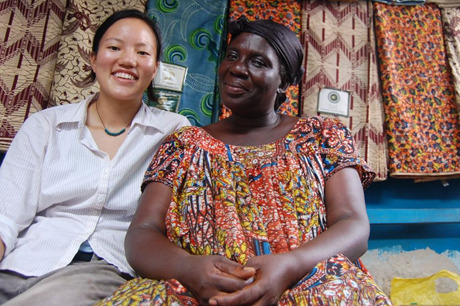Try social entrepreneurship
Create a mini social enterprise: identify a local need, design a simple product or service, plan fundraising, and share impact with your community.



Step-by-step guide to create a mini social enterprise
What is a Social Enterprise for Kids
Step 1
Look around your neighborhood or ask a family member and pick one local need you want to help.
Step 2
Write one sentence saying who will benefit from fixing that need.
Step 3
Decide on one simple product or one service that could help that person or place.
Step 4
Draw a quick sketch of your product or how your service will work on your paper.
Step 5
List the materials and the steps you need to make the product or give the service on a sticky note.
Step 6
Pick one price per item or one suggested donation amount.
Step 7
Choose one fundraising goal for how much money you want to raise.
Step 8
Choose one way to raise the money such as a small sale a donation jar or a mini event.
Step 9
Create a simple flyer or sign on paper that explains your idea in one short message.
Step 10
Make one sample of your product or practice giving your service once.
Step 11
Decide one simple way to measure impact for example number of people helped items donated or money raised.
Step 12
Write one short plan that says how you will use the money you raise.
Step 13
Ask an adult to help you tell one neighbor teacher or family member about your plan.
Step 14
Run your fundraiser or deliver your service one time and collect the results.
Step 15
Share your finished mini social enterprise on DIY.org
Final steps
You're almost there! Complete all the steps, bring your creation to life, post it, and conquer the challenge!


Help!?
What can we use if we don't have sticky notes, paper for a flyer, or a jar for donations?
Use an index card or a scrap of printer paper instead of the sticky note for your materials and steps, a torn cereal-box panel or plain printer paper for the flyer, and a shoebox or empty food tin labeled with a slit instead of a donation jar.
What should we do if our sample product fails or we don't get any donations when we run the fundraiser?
If your sample breaks or you get few donations, simplify the materials and steps on your sticky note, practice giving the service once more, lower the price or suggested donation, and ask an adult to help tell a neighbor or teacher beforehand while showing the one-line flyer and the sample product.
How can we change the activity for younger children or make it more challenging for older kids?
For younger children, have an adult help write the one-sentence 'who will benefit' and list materials on the sticky note while the child draws the sketch and practices the service, and for older kids, set a bigger fundraising goal, design a polished flyer, make multiple samples, and measure impact with counts and photos.
What are easy ways to extend or personalize our mini social enterprise after the first run?
Personalize and extend the project by adding a hand-drawn logo to your flyer, making extra sample products to sell as bundles, partnering with a local charity in your short money-use plan, and sharing before/after photos or numbers of items donated when you post on DIY.org.
Watch videos on how to create a mini social enterprise
Social Entrepreneurship - Definitions, Meaning, Examples, Functions, Key Areas, Characteristics
Facts about social entrepreneurship for kids
💰 Crowdfunding lets teams raise money from many small supporters online — some kid-powered projects have raised thousands in days.
🏆 Muhammad Yunus won the 2006 Nobel Peace Prize for founding Grameen Bank and popularizing microcredit to help entrepreneurs.
💡 Social enterprises combine business ideas with a mission to solve community problems — like a lemonade stand with a cause!
📊 Social impact is often measured in people helped or services delivered, not just profit — simple metrics make results clear and powerful.
🌍 There are hundreds of thousands of social enterprises worldwide tackling issues from education to the environment.
How do I help my child create a mini social enterprise?
What materials do we need to set up a mini social enterprise?
What ages are suitable for a mini social enterprise activity?
What are the benefits of kids starting a mini social enterprise?


One subscription, many ways to play and learn.
Only $6.99 after trial. No credit card required



